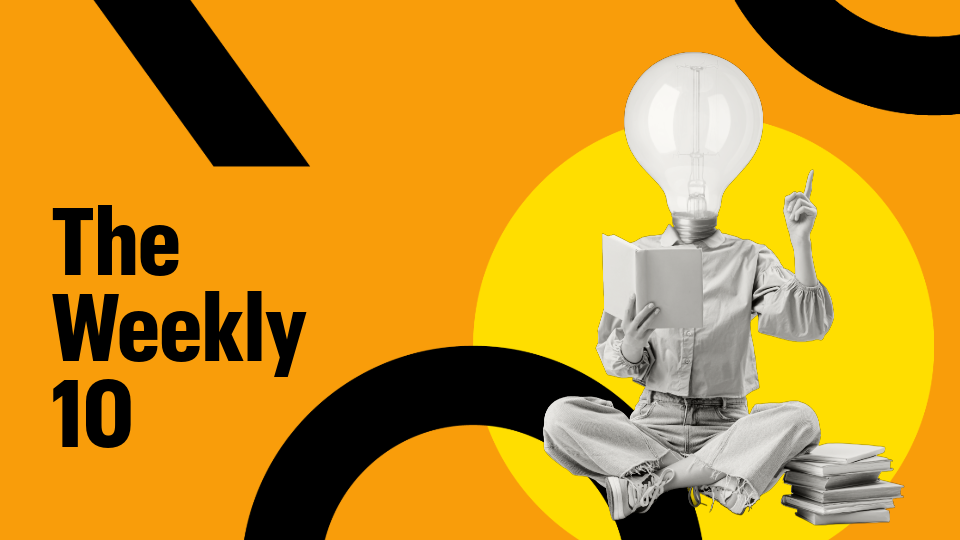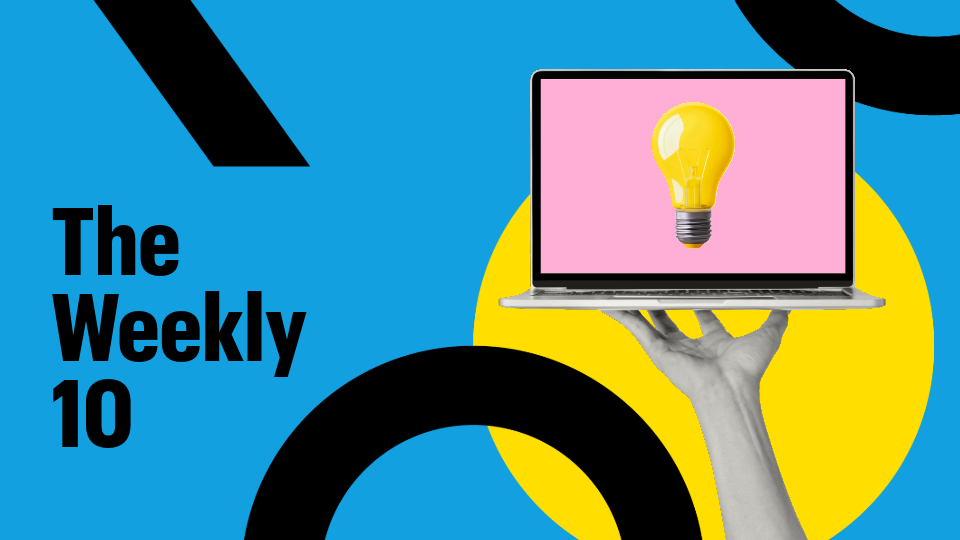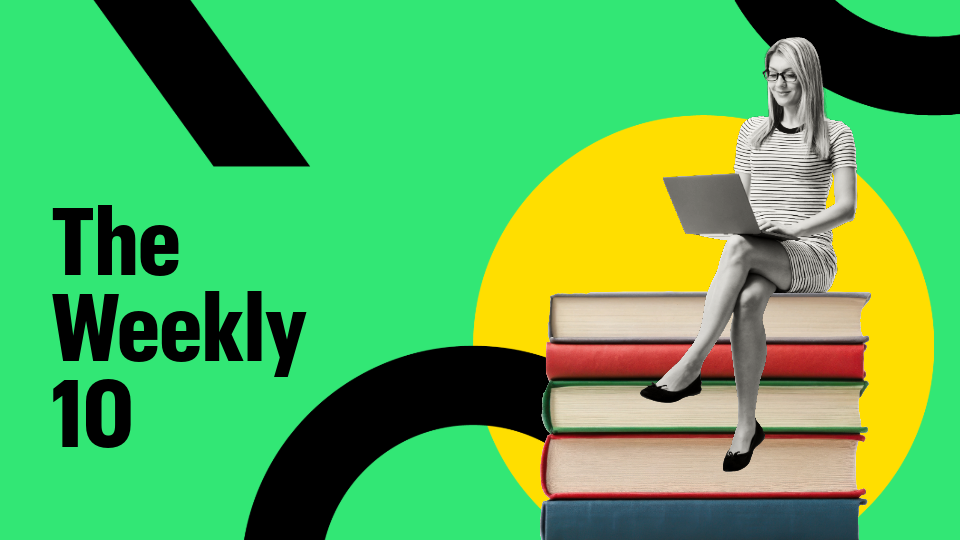Disruption continues to plague the industry
Business mailers and publishers gathered for the 22nd Quad Postal Conference in early May where speakers ranged from Postmaster General Louis DeJoy and USPS VP of Pricing & Costing Sharon Owens to representatives of postal organizations, and managers of direct mail and direct marketing programs within several companies.
Over the course of two and a half days, participants discussed the USPS’s operational and financial problems, possible changes to the network that could alleviate those issues, and solutions for businesses facing mill to mailbox challenges.
In his keynote address Tuesday night, PMG DeJoy offered a no-holds-barred assessment of the Postal Service’s challenges. While promising to continue making USPS operations more efficient, DeJoy also said he would keep “raising our prices judiciously.” You can read more of his address here.
In his opening remarks Wednesday morning, Quad CEO Joel Quadracci praised DeJoy’s honesty and willingness to come to the conference — “He’s not scared to get banged up.” — referring to the postal rate hikes’ unpopularity.
Quadracci also said he generally agreed that the Postal Service’s problems were years in the making, “And if we want [the USPS] to be sustainable, we have to let it truly be fixed right now.”
However, he also noted that every business in the printing, publishing and mailing industries had had to deal with shrinking demand for years without being able to raise rates to compensate. And the pandemic and rising inflation have intensified business challenges and disruption.
This makes it more important than ever for the industry to address some of its own inefficiencies, he noted. “Every organization I know, including us, have inefficiencies that have been there forever. A lot of us thought ‘I don’t have to tackle that because things have been generally good.’ But now we have to look at everything,” Quadracci said.
As an example, he pointed to the fact that Quad carries 16 paper role sizes that vary by one-eighth of an inch. “As an industry, we have to think more broadly, not just as individual companies. You’re not going to win by an eighth of an inch difference with your competitors,’ he said.
Here are some additional highlights.
Pat Henderson, Quad Director of Government Affairs, was upbeat about recent passage of postal reform, though he noted, “It took 11 years and six Congresses to get it done.”
Henderson credited a social media campaign targeting Senate and House members with 40,000 messages, many of them organic, plus a letter-writing campaign that generated 14,000 letters with helping finally put the bill over the top.
The key now for postal reform is not to let up. “We’re not done. Don’t think we can wait another 11 years to get the rest of it done.”
He noted that there’s an industry effort under way to have the Postal Regulatory Commission reconsider the rate increases in the light of the Postal Reform Act and the $10 billion Congress gave the USPS for pandemic-related issues. “We’re asking, do they really need all that increase? We want to put pressure on them not to use all the authority they have to raise rates,” he explained.
Trying another tack, Henderson said that they’re also trying to get Congress to include a mandate that the PRC do another review of the rate hikes in the latest appropriations bill.
What to expect
The USPS’s Sharon Owens gave a detailed presentation on “USPS Pricing Direction and Impacts” in advance of the July rate hikes, joking to the audience, “I’m probably not the most popular person in the room.”
Owens echoed DeJoy, saying that while a radically improved inflation trend could change this, the USPS will implement twice a year rate increases — in January & July — for the near future.
One audience member questioned her about that. “A January rate hike, I can live with that. But what happens when we have two hikes like last year without early notice? No matter how we educate our business partners, they say ‘There’s no budget for this. We have to reduce mail volume.’ It’s a real challenge.”
Owens acknowledged that the USPS had not done the best job providing rate increase guidance. She said they were committed to “getting ahead of it” and telling mailers what both the January and July increases would be,” but said they needed to get the Board of Governors’ buy-in first.
She also said the USPS is moving ahead with plans to realign its network, with a combination of First Class, Periodicals and Marketing Mail coming.
Quad’s Jeff Henke and Bob Schimek later did a deep dive on the upcoming rate hikes, breaking out the often wide variations in price increases within each mail category.
Henke, Executive Director of Postal Solutions, and Schimek, Director of Postal Affairs showed the cumulative impact of three consecutive increases since January 2021. This ranged from a low of 12.08% for Bound Printed Matter Flats to a high of 31.90% for First Class Flats.
The duo predicted that, since the January 2023 increase will reflect only six months of inflation, if the Consumer Price Index is higher than 2%, which it likely will be, the increase will be higher. This trend of increasing rates makes it even more important for mailers to take advantage of USPS promotions, which offer discounts of between 2% and 4%.
USPS new network
On a brighter note, Mike Plunkett, President & CEO of PostCom, Hamilton Davison, ACMA President & Executive Director, and Quad Postal Affairs Director Bob Schimek had a panel discussion about industry-led initiatives under way to help the USPS improve mail flow. They focus on streamlining the network by looking as cost drivers in different workflows,” Davison said.
This led to a recommendation to process mail based on shape, not category. Plunkett noted that the two issues are connected. “Once you did a deep dive on flats, we found that you can’t separate that from network issues,” he said.



